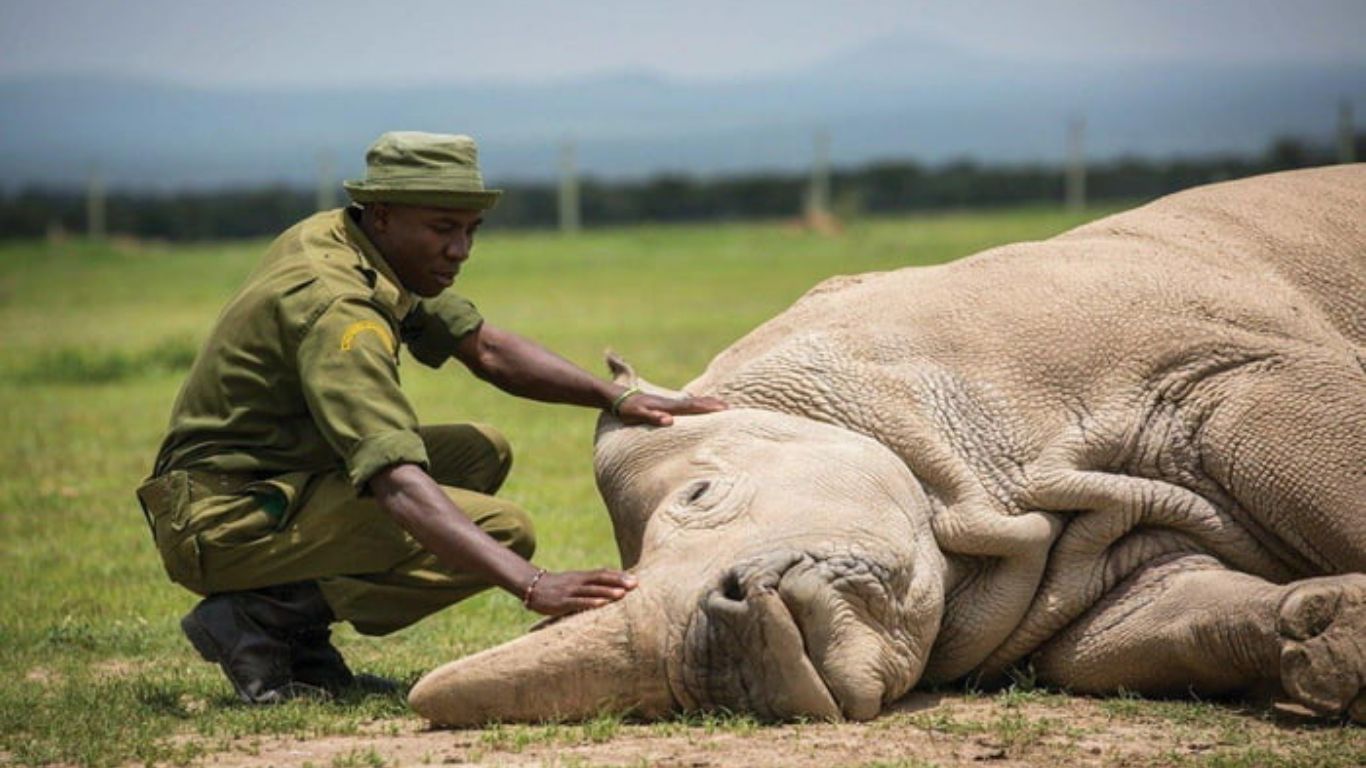From the vast savannas of Africa to the icy frontiers of the Arctic, Homo sapiens have journeyed across continents, adapting to extreme environments and shaping the course of history. Human migration is a story of survival, ingenuity, and perseverance, with tens of thousands of years of history. But how did our forefathers migrate from a small place to practically every corner of the world?
Our modern human species Homo sapiens exists throughout the world except Antarctica while our familial expansion toward global rule required extensive thousands of years. Our species developed in Africa approximately 300,000 years ago before early humans started to colonize worldwide territories. They traversed numerous varied environments for tens of thousands of years before conquering immense seas and interacting sexually with other extinct human species. The “Out of Africa” model serves as the dominant explanation of human migration, which states that the African origin evolved into worldwide human populations. Scientists have confirmed the Out of Africa model with both fossil findings and DNA research methods. Modern science has accepted the replacement of the “multiregional” hypothesis wherein Homo sapiens evolved simultaneously in different regions because this theory now lacks wide scientific acceptance. Scientists generally accept our species left Africa about 200,000 years ago in its initial dispersal to colonize all inhabitable territories.
The First Steps: Out of Africa
Human fossils from the Afrikan continent exist at least 300,000 years old giving evidence Homo sapiens originated there. Human beings started their migration out of Africa during the period spanning 200,000 years ago. Early humans chose two distinct exit paths from Africa, either through the Sinai Peninsula or across the water passage between Djibouti and Yemen, labeled as Bab el Mandeb. At that point in history, early humans utilized basic boats and rafts to cross the narrow strait but no land bridges were present during the period. Homo sapiens started their eastward expansion across Asia by departing from the Middle East before adapting to various ecological regions throughout their progress. The groups which migrated into different territories maintained their settlements, but other groups kept advancing as they faced environmental shifts and geological changes.
Reaching Asia
Several distinct movement phases made up the expansion into Asia. Modern human species migrated to Asian territories during the earliest stage, roughly 100,000 years ago, according to fossil and genetic traces discovered in coastal and land areas. The human species came across other human species, among which included the Denisovans, who left genetic remnants which survive mainly in current Indigenous Australians and certain Southeast Asian populations. Modern humans developed genetic diversity in present-day Asians because they exchanged DNA with Denisovans, which occurred between 54,000 and 44,000 years ago. Through evolutionary adaptations, our ancestors learned to live in different ecological zones starting from Southeast Asian rainforests and ending up in the challenging northern Asian habitats.
Entering Europe
The arrival of Homo sapiens in Europe took place before earlier research predicted. Scientific evidence for the arrival of modern humans to Greece first appeared at Apidima Cave focusing on a period stretching from 210,000 years ago. The first group of migrants likely faced permanent extinction or withdrawal from Europe because of severe climate conditions, although they failed to establish stable residential settlements there. Modern humans established their initial prolonged European establishment somewhere between 50,000 years and 60,000 years ago. The end of Neanderthals as a population occurred around the time when the first modern humans settled in Europe and survived for hundreds of thousands of years. When Homo sapiens migrated throughout Europe they mixed their genetics with Neanderthals which continues to appear today as small remaining Neanderthal DNA segments in non-African human populations.
Expanding into Oceania
The first Homo sapiens arrived in Southeast Asia 60,000 years ago while traveling by coastline and hopping from island to island through the current Philippines and Indonesia. The reduced ocean levels created an opportunity for modern humans to either walk or use boats between particular islands.
The human migration from Southeast Asia led to the settlement of the prehistoric Sahul territory that contains Australia together with New Guinea and Tasmania. Early evidence shows that humanity reached Australia 50,000 years ago, thus becoming one of the first ocean-exploring communities in human history. The early inhabitants, today, left objects that display their living habits along with the prehistoric rock drawings and necessary items.
Crossing into North America
Throughout most of the previous century, scientists considered Paleo-Indians migrated across Beringia from Siberia into Alaska approximately 13,000 years ago as the first explanation for American colonization. New evidence minimizes the once-established timeline for the arrival of humanity. Research conducted by archaeologists demonstrates that humans lived in North America 23,000 years before the present. Two important clues from New Mexico and pre-Clovis archaeological sites show that human migration into the Americas started far earlier than previously supposed. Early human populations according to certain scholars spent their time traveling across the Pacific coast in boats while taking advantage of the abundant resources supported by a “kelp highway.”
Spreading to South America
The human migration through North America led them to traverse across Central America to reach South America. The existence of human presence in South America dates back at least 15,000 years according to archaeological evidence, but early discoveries point towards predated settlements. Toraja University in Chile stands as the most renowned ancient human settlement in South America at 14,550 years old. Archaeologists have discovered powerful evidence showing human settlement in this area before North American inhabitants adopted the Clovis culture. Scientific discussions continue about when and what paths Homo sapiens used to migrate yet it is confirmed that our species adapted effectively to diverse geographical regions stretching from highland Andes to Amazonian rainforest.
The Last Frontier: Antarctica
The present-day world contains no permanent human settlements in Antarctica. The first documented human arrival on the Antarctic mainland remains uncertain, although it is reported that John Davis, the American sealer, became the first person to touch down on Antarctica in 1821. The first recorded continental landing of Antarctica sparks dispute because scientists have verified both Henrik Bull from Norway and Carsten Borchgrevink, also from Norway, performed this accomplishment in 1895. Early Māori people from New Zealand supposedly made expeditions to Antarctic waters which could date back to the seventh century according to some speculative hypotheses. Evidence about Māori oral histories along with historical records demonstrate that people from New Zealand may have traveled to Antarctic waters even if no definitive proof exists.
Human migration throughout the world requires tens of thousands of years for completion. The initial African population subsequently migrated to different regions across Asia until they reached Europe and then Oceania before colonizing the Americas while they adapted to multiple environmental conditions during this period. The DNA of archaic human groups persists in contemporary people because humans interbred with each other. Humanity exists with only Homo sapiens remaining alive in the present day because of our extensive migration abilities together with our capability to innovate and adapt leading to the current worldwide system. Scientists have proven the capability of human survival through their research station activities across Antarctica even though this continent remains mostly devoid of permanent human habitation. Most advanced explanations about human migration continue to emerge while new research may perfect our current understanding of how humans settled across the world.




